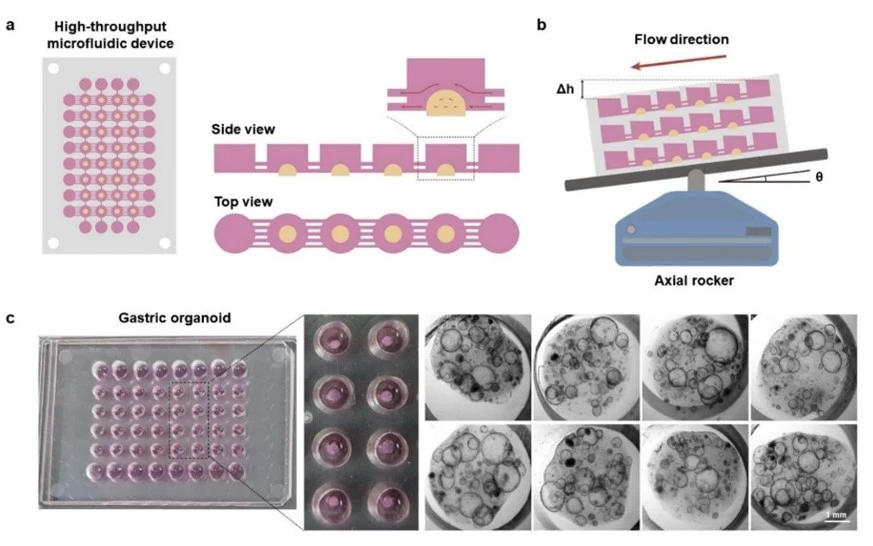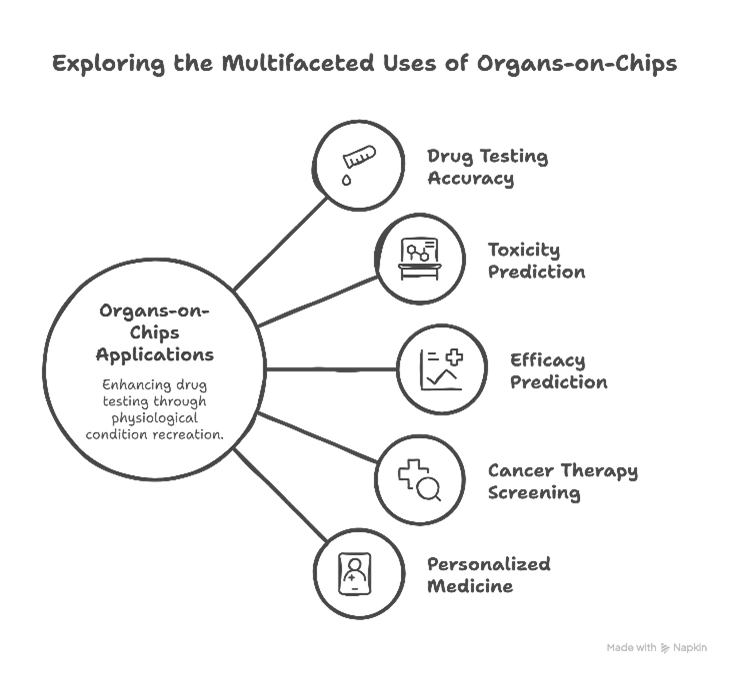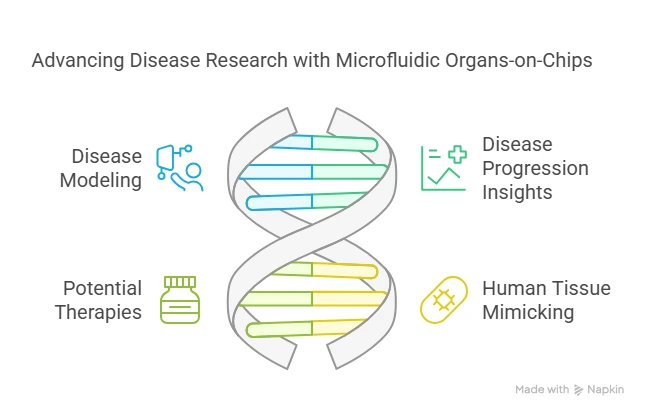Introduction
Microfluidic cell culture chips, commonly known as “organs-on-chips,” simulate organ functions and are key to advancing drug testing and disease modeling. These chips have transformed biomedical research by providing more accurate models for drug testing and disease progression studies. This paper examines the role of organs-on-chips as ethical alternatives to animal testing, emphasizing their potential in advancing personalized medicine.
Microfluidic “Organs-on-Chips”:

Microfluidic “organs-on-chips” are small, chip-based devices that house living human cells in a three-dimensional structure, mimicking the function of real organs. These chips are designed to replicate specific organs, such as the heart, liver, lungs, and kidneys, allowing researchers to study organ-level responses to drugs and diseases. Compared to traditional models, these chips offer enhanced precision and reliability in simulating human tissue functions.
Applications in Drug Testing:

Disease Modeling:
Microfluidic “organs-on-chips” are instrumental in modeling diseases, such as cancer, cardiovascular disease, and diabetes, providing insights into disease progression and potential therapies. By mimicking human tissue responses, these chips enable more accurate representation of diseases, leading to a deeper understanding of pathophysiology and more targeted treatments.

Ethical Considerations:
The adoption of “organs-on-chips” technology offers significant ethical advantages over animal testing. These chips can reduce the need for animal experimentation, offering more reliable and humane alternatives. However, challenges remain, including the complexity of replicating all aspects of human physiology and scaling up the technology for broader use. Further improvements are needed to enhance the realism and scalability of these models.

